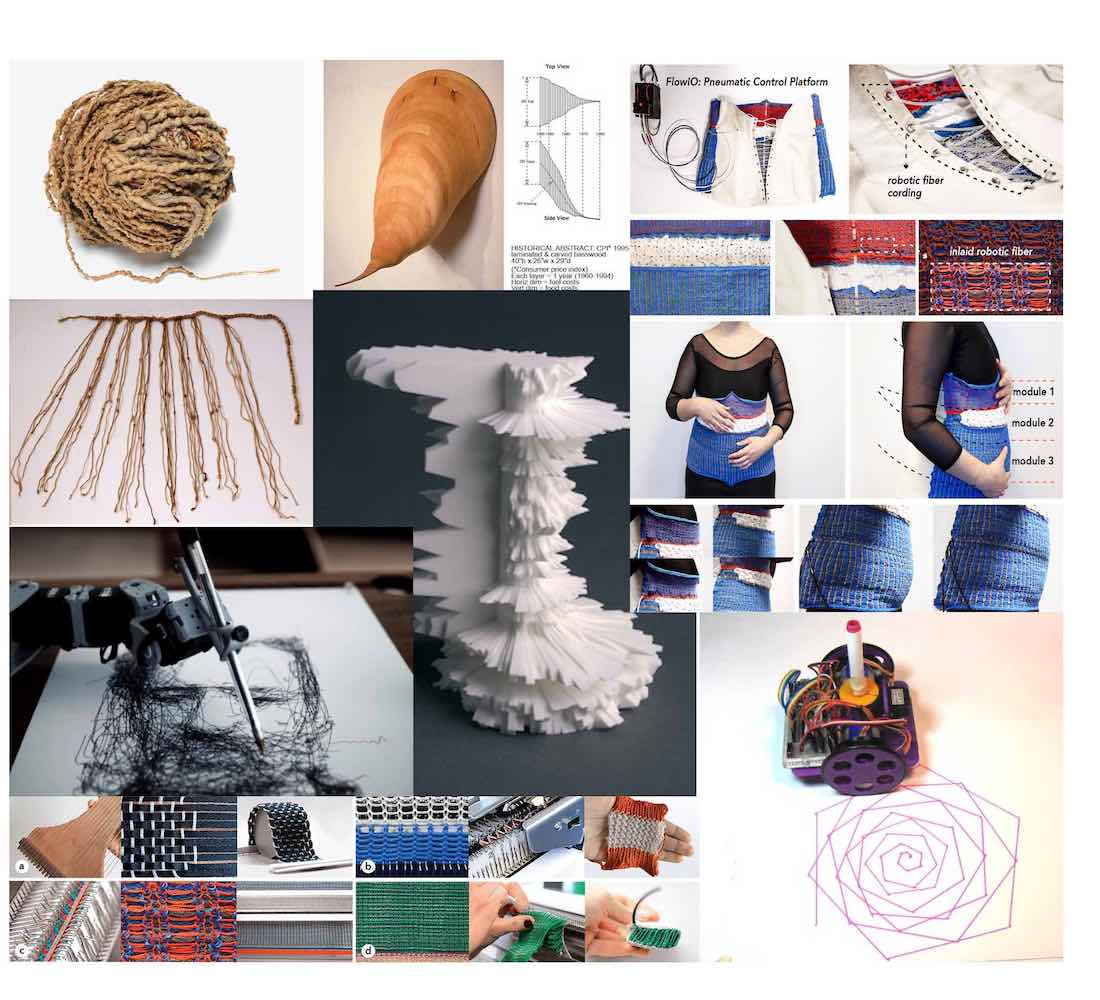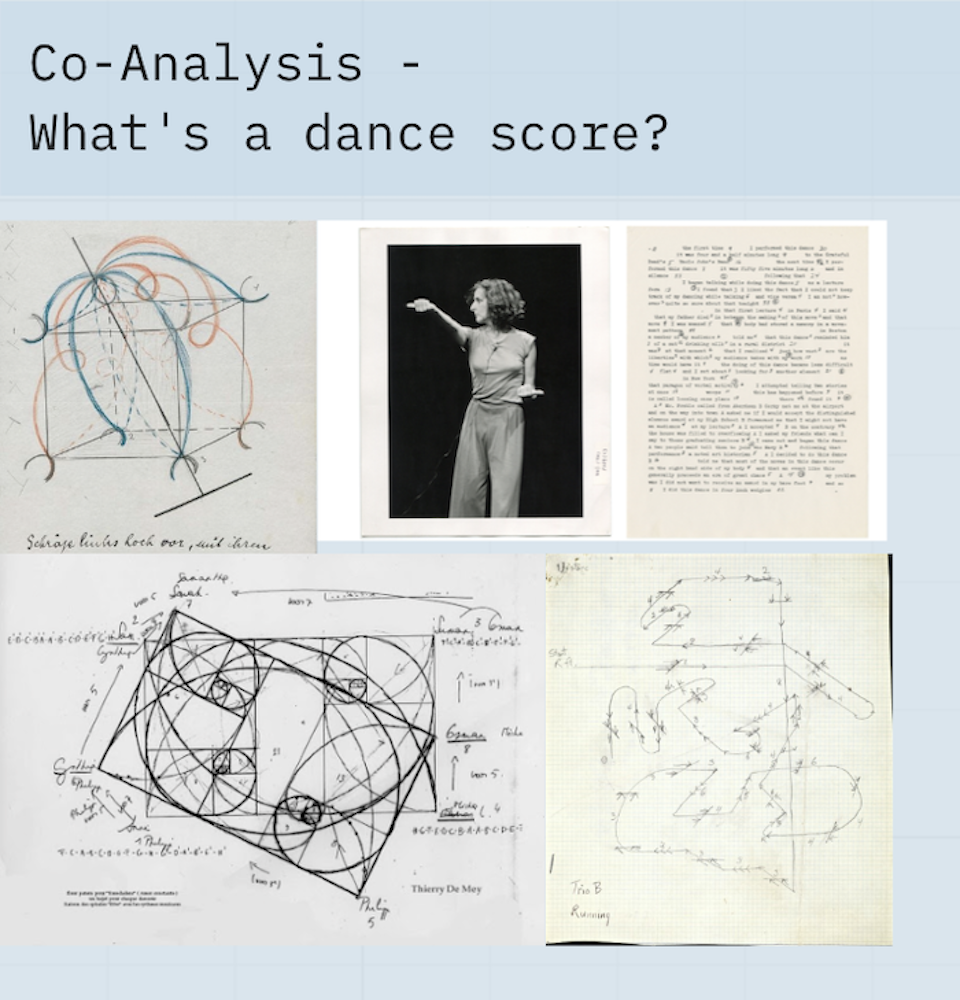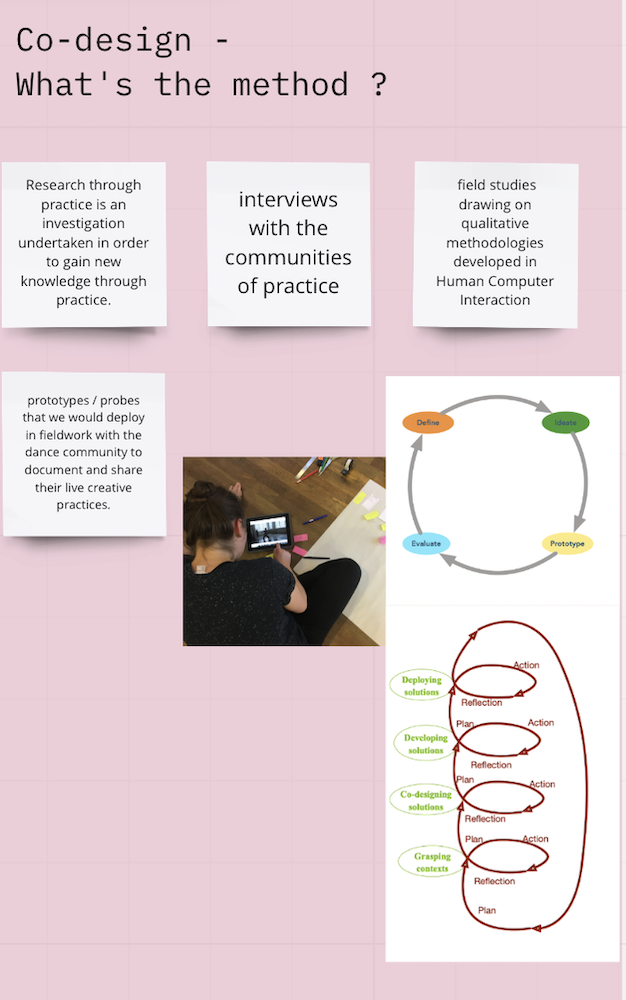11. Implications and applications¶
This week I worked on defining my final project idea and started to getting used to the documentation process.
ASSIGNMENT WEEK8¶
- Document the concept, sketches, references also to artistic and scientific publications
- Create an Ultra-personalised product service systems (UPPSS) for your final project
- Map the potential stakeholders
- Explore personalisation at all the different levels
- EXTRA POINT : Interview your potential users/ target group about your concept, quantify results
Co-analysis - Concept¶
Intangible Cultural Heritage refers to traditions and living expressions such as dance, theatre and performance that have evolved for centuries, transmitted orally and from body to body. Due to the nature of their transmission, these expressions are in constant threats of disappearing. Safeguarding them is of a great importance in order to preserve the richness of the embodied knowledge, practice and skills that are transmitted through them from one generation to the next.
Dance is an embodied practice that is challenging to document because dance movement encompasses a complex and tacit form of embodied knowledge. Dance is often recorded through video which results in an unimaginable quantity of dance forms now available on video streaming websites such as YouTube or Vimeo. In addition, some major dance companies use notation (Laban or Benesh) to archive their repertoires. Since the 1990s, academic researchers have experimented with technologies such as motion capture, video augmentation and interactive animation to document notable choreographers’ practices. However, these approaches present various limitations. Mere video recordings do not inform us about the intended movement qualities nor the kinaesthetic sensations in dance, among others. Formal systems such as Laban or Benesh notations are rarely used by dance artists because they require extensive training and they impose a standard language to characterize movement that practitioners resist. Finally, technologies such as motion capture and interactive animation are cumbersome and costly to deploy and thus are often not accessible to dance artists nor to the public.
Examples of technologies that are deployed as Dance archives:
In my project I would like to design accessible and embodied interactive systems that allow practitioners to leave a trace of their dance emphasizing their first-person perspective. For that I would like to explore the realm of wearables as potential technology that can record and replay a dance. From one body to another but also from one body to a robotic body.
In the current literature on systems to support creativity in dance, but also documentation and transmission, very little have been done using wearables. The main existing systems are based on screen-like interfaces that record movement through a set of sensors such as accelerometers of motion capture and present a visual or sonic feedback to the participant. Movement-guiding wearables are yet to be widely explored.My project aims to go beyond audio-visual media and design an embodied wearable for dance documentation and transmission.
To do so, I will attempt to design a wearable device that both captures aspect of the movement and actuates either independently (on a robotic arm for example) or on a dancer's body part. Such a device would make the transmission of a dance score a much more tangible phenomenon where a dancer can feel how the dance lived in another body.
The goal of the wearable is thus to be a living lived archive that transmits and inspires a dancer through an existing repertoire to embody. The systems being worn affect and enrich the dancers’ somatic and creative capacities directly beyond a cognitive or analytical approach to dance. I am also interested in exploring how the system can capture a dance and transmit it to a non human body such as a robotic arm or a non anthropomorphic articulated robot. Thus both these representations are currently possible.
Some examples of wearable sensing and actuations that could have sense for dance :
Link to my design process in the Miro
Inspirations¶
I am very inspired by this wiki on physical visualizations and artifacts
People have used a variety of ways to write and store information, as part of making traces of their activities. That exists since more 5000 years back. For example 2600 BC – Quipus, 1920 Yakama Time Ball, 1995 – Loren Madsen's Early Data Sculptures or 2004- Cylinder by Andy Huntington and Drew Allan

What's a dance score ?¶
In dance transmission is done mainly through dance scores. Here are examples of how practitioners trace their practice on paper:

Co-design - methodology¶

I will collaborate with traditional dance communities to co-design accessible, adaptable and flexible interactive systems that support co-participants documentation practice following AR and RtD methodologies that extends UCD. RtD is a research approach that employs design practice as a method of inquiry. It creates knowledge by artistically and creatively designing artifacts and interventions. It is a highly contextualized method that participates to create socially robust knowledge. AR is a systematic collaborative approach to conducting research that has been used in HCI. Its specificity is both to satisfy scientific rigor and to promote social change. AR is a morally committed method. Its goal is to understand a context and to implement local interventions that are meant to “improve” it. The research is thus conducted with people in their everyday lives and not for, or about them. AR favours localized solutions with an emphasis on transferability rather than generalizability of the solutions. In interaction design, AR and RtD are often seen as having common features and as complementing each other. While AR emphasizes the conditions in which the interventions occur, RtD emphasizes the means by which the interventions are designed. However, both methods link together understanding a phenomenon (through research) and improving it (through design/action).
My general methodology will consist in cycles made of 4 main phases that are inspired by UCD methods: 1) grasping the context, 2) co-designing solutions 3) co-developing solutions and 4) deploying the solutions. Within each of the phases, I will apply RtD methodology and AR cycles of inquiry that include iterative planning, action and reflection. The results of each phase will be fed by the previous one and will feed the next one constituting a larger iterative cycle. We expect the research results to emerge throughout both small and large iterative cycles.
Co-use¶
Who is it for ? Personalization ?¶

I will ground my methodology in research creation, as I will be using such device with dancers in my own practice as a choreographer.
In addition to that, my project is part of a larger research project where I follow an action research (AR) methodology where I seek through long-term commitment to field work and collaboration to simultaneously contribute to knowledge in Human-Computer Interaction (HCI) and to benefit the communities of practice. I hope to be able to run field studies with Moroccan dancers throughout the summer of 2022 where I can explore how such device could be used in the real life of dance practitioners.Concretely, I will collaborate with two traditional dance communities with whom I am in contact, Ahwash dancers and Guedra dancers, to co-create ways to document their practice that would ultimately result in new opportunities to transmit it across borders. I will reach out to such traditional dance communities who have not previously been the centre of research inquiries nor design or technological development.
Thus robustness is a huge challenge in this project, since the device need to work beyond the walls of the fablab and to have an actual benefit to the practitioners.
Co-produce¶
The materials that I will be exploring will be a mix of :
Silicon for textile and to approach a feeling of the skin with the wearables.
In terms of sensing and actuation, I am inspired by works that provide robotic motion, such as a robotic drawing or moving machine :

Timeline¶

Reference¶
- Desjardins, A., & Key, C. (2020). Parallels, tangents, and loops : Reflections on the « through » part of rtd. Proceedings of the 2020 ACM Designing Interactive Systems Conference, 2133‑2147. https://doi.org/10.1145/3357236.3395586
- Desjardins, A., & Tihanyi, T. (2019b). Listeningcups : A case of data tactility and data stories. Proceedings of the 2019 on Designing Interactive Systems Conference, 147‑160. https://doi. org/10.1145/3322276.3323694
- Desjardins, A., Biggs, H. R., Key, C., & Viny, J. E. (2020). Iot data in the home : Observing entanglements and drawing new encounters. Proceedings of the 2020 CHI Conference on Human Factors in Computing Systems, 1‑13. https://doi.org/10.1145/3313831.3376342
- Desjardins, A. (2020) Set an alarm. Voices and Voids
- De Keersmaeker, A. (1983) Rosas danst Rosas
- Dragicevic, P. and Jansen, Y. (2021) List of Physical Visualizations and Related Artifacts (http://dataphys.org/list/)
- Grishko, A., Wald, I. Y., Erel, H., & Zuckerman, O. (2020). Embracing imperfection in the age of digital reproduction. Companion Publication of the 2020 ACM Designing Interactive Systems Conference, 453‑456. https://doi.org/10.1145/3393914.3395838
- Ingold, T. (2016). Lines (Routledge Classics) (1re éd.). Routledge.
- Nicolas Nova. 2015. Design Ethnography? Towards a Designerly Approach to Field Research, in Bihanic, D. (ed). Empowering Users through Design Interdisciplinary Studies and Combined Approaches for Technological Products and Services, pp. 119128, Springer, Switzerland.
- John Zimmerman, Erik Stolterman, and Jodi Forlizzi. 2010. An Analysis and Critique of Research Through Design: Towards a Formalization of a Research Approach. In Proceedings of the 8th ACM Conference on Designing Interactive Systems (DIS ’10). ACM, New York, NY, USA, 310–319. DOI: http://dx.doi. org/10.1145/1858171.1858228